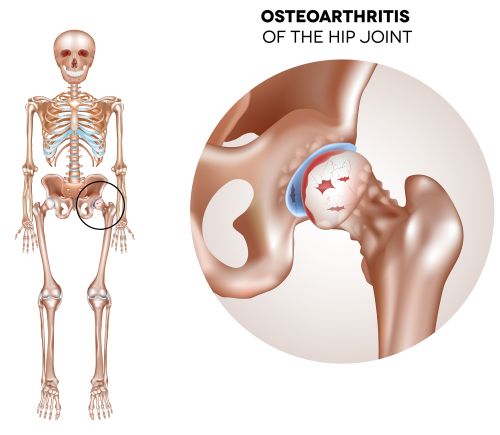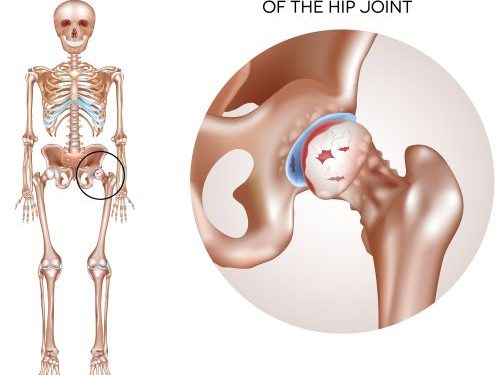The symptoms of osteoarthritis vary from person to person and may include pain, stiffness, swelling and clicking sounds. Most people have the condition in one or more joints, usually in the knees and hips. However, the condition can affect any joint.
Osteoarthritis happens gradually as a result of changes in the cartilage and other tissues that cushion the ends of bones in your joints. These tissues prevent friction and grinding between the bones.
It is most common in the knees, but can occur in any joint. It can cause a loss of mobility in the affected joint.
Your doctor will likely use a physical exam and an x-ray to make the diagnosis of osteoarthritis. Sometimes, blood tests are also used to rule out other health conditions that may cause similar symptoms.
In addition to the classic OA symptoms of pain, swelling and stiffness, some people also experience bone spurs around the affected joints. Bone spurs are essentially extra bits of bone that feel like hard lumps.
Other signs of osteoarthritis include changes in your range of motion, such as the inability to move a joint without pain. This can be very uncomfortable because you may not be able to get the full range of motion that you were previously able to do.
Increasing pain and stiffness in the joint can make it difficult to perform everyday tasks, such as getting on or off the toilet, climbing stairs or gripping a pan. As the condition worsens, you will have more difficulty completing these activities and you may find it difficult to sleep at night.

A grating sensation when you move the joint is a common symptom, especially in the morning and after periods of rest. You may also hear popping or crackling when you use the joint.
You will need to rest from your activities or do exercises to reduce the pain and stiffness that comes with the condition. Your doctor may prescribe medicines that relieve pain and help to relax your muscles, such as paracetamol or ibuprofen.
If the pain and stiffness don’t go away, your doctor might suggest surgery to relieve the problem. Arthroplasty (joint replacement) is one option, and it can be performed on any joint in your body.
The other treatment options are exercise, healthy eating and using special devices or medicines to relieve the pain and stiffness of osteoarthritis. These methods can help slow the progression of the disease and improve your quality of life.
Your doctor will probably want to monitor your condition over time to see if the symptoms and stiffness improve or get worse. You will need to follow your doctor’s instructions closely and take your medication as prescribed.
Managing osteoarthritis is essential in order to improve your quality of life and to minimise the risk of other health problems associated with the condition, such as heart disease, diabetes and high blood pressure. Your doctor can also recommend treatments to help you keep up your activity levels and maintain a healthy weight.









